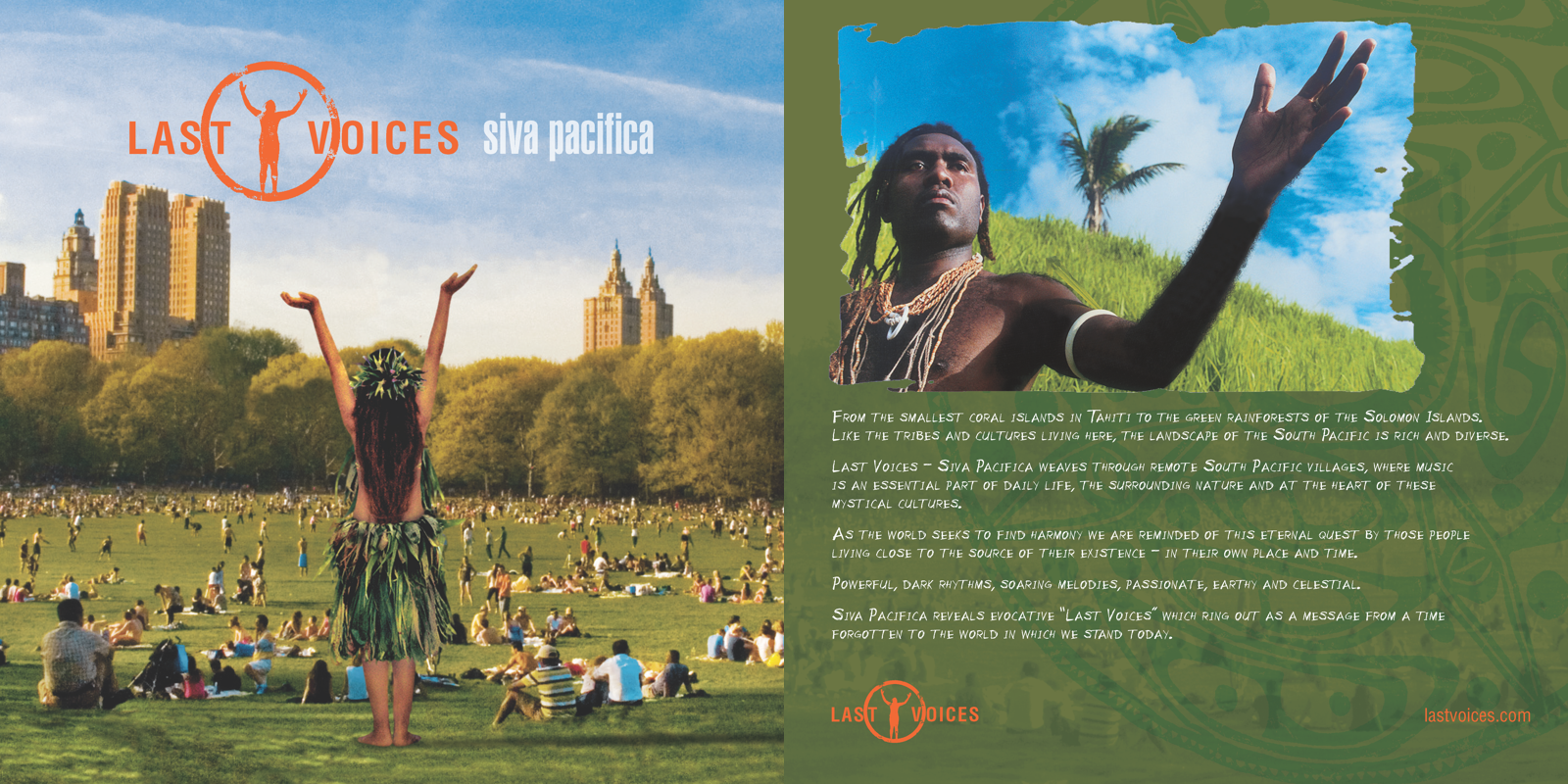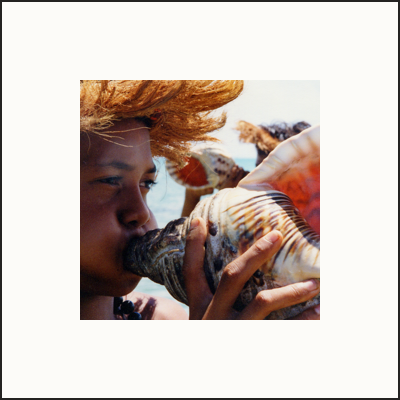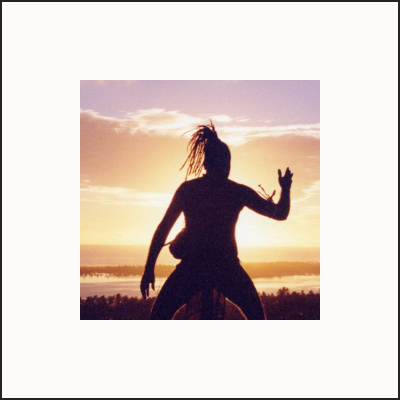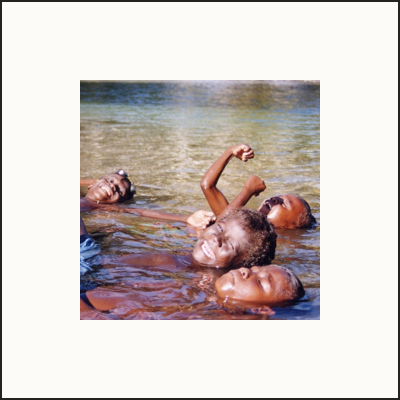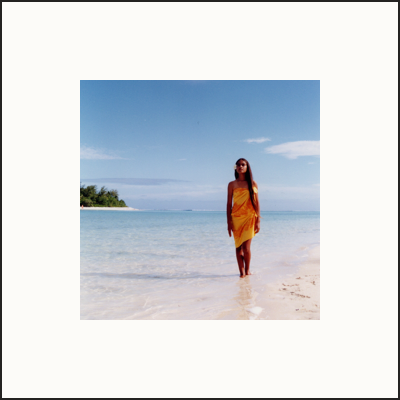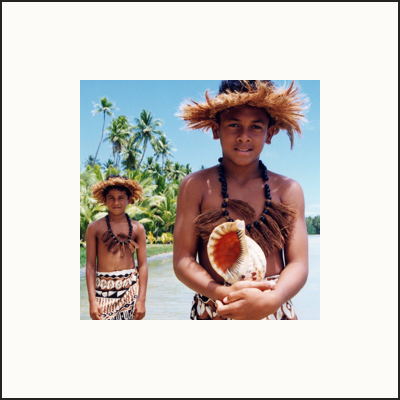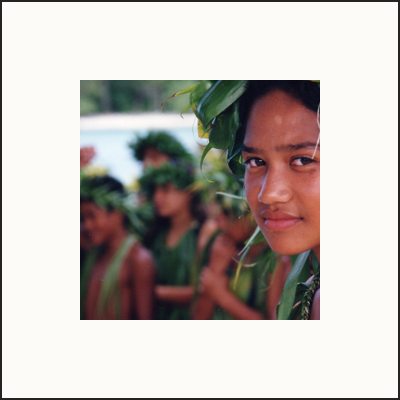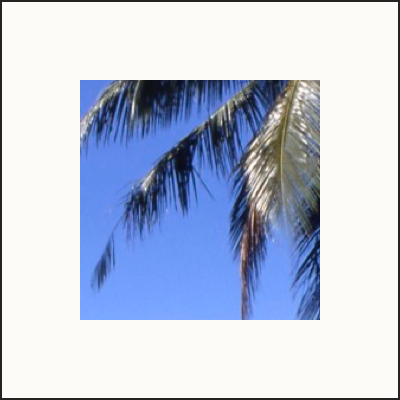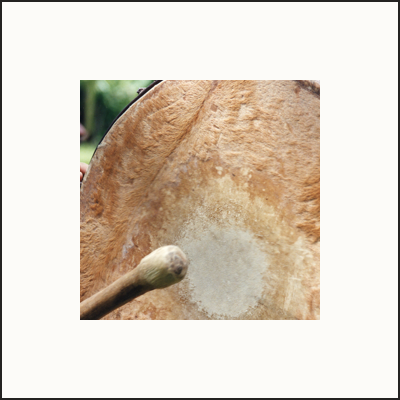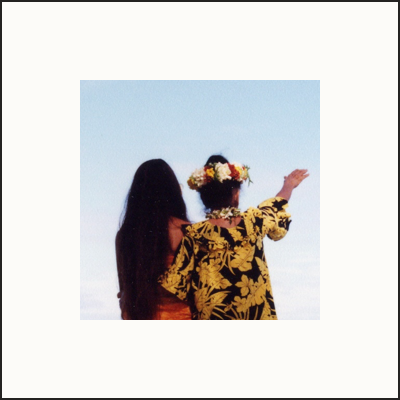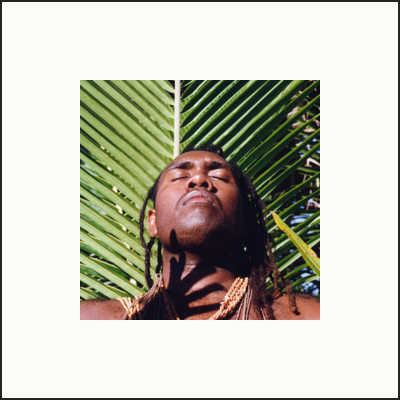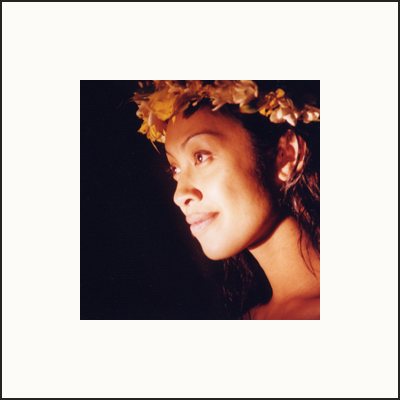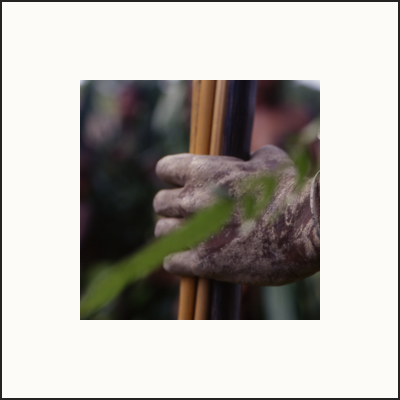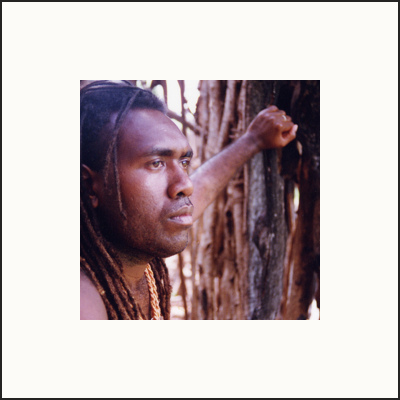Mana, Part I
Performers: Robyn Loau, Ngaroanao Poa, the people of the Pacific
The Mana, or calling, is found in some form amongst all Pacific people. It is a spiritual call for humans, ancestors and all animals on earth to bond in friendship, a call to our ancestral spirits for guidance and protection. To underline its spiritual importance, the track features singers from every location Copping visited throughout the project.
Hote
Performers: Pascal Oritaimae, the people of `Are’are
Sung in the ꞌAreꞌare language, this chant connects with ancestral spirits, calling on them for power and guidance on perilous expeditions. It was recorded on Copping’s first expedition to the Solomon Islands in a Government building provided by the country’s prime minister Solomon Mamaloni. During mixing, Copping added ambience and voices from the `Are`are province.
Manu
Performers: Robyn Loau, the children of the Solomon Islands
A celebration of freedom, happiness and beauty in the Pacific, performed in multiple Polynesian languages. It features young children from different villages, naturally skilled linguists who quickly learnt to sing in other languages. The track ends with a description of spiritual connection, spoken by Chief Tahuniwapu from the remote village of Koropua, Solomon Islands.
Sole
Performers: Melynda Pierre Tutangata
The song represents family, the enduring foundation of everything that is the Pacific. A tribal elder from the Solomon Islands sings a lullaby, and a young girl pleads with her brother to wake up and help with village work. 12-year-old Melynda from the Cook Islands recorded the song in a hotel room. Nose flute and drums are mixed with ambience from the mountains of Rarotonga.
Mana, Part II
Performers: Robyn Loau, the people of the Cook Islands
This second part of the Mana piece starts and ends with a conch calling the ancestors of the sea. It features chants from the people of Guadalcanal, Rarotonga and Aitutaki in the Cook Islands arranged by the legendary singer Tepaove Raiti.
Aloha
Performers: Cy Bridges, the Polynesian Cultural Centre Choir in Hawaii, Robyn Loau, Kelvin Vaega
A Hawaiian farewell song from the 19th century written by Lili`uokalani, the last sovereign monarch of the Hawaiian Islands. Added to it is a traditional Samoan song, performed by Kelvin Vaega and Robyn Loau.
Jungle
Performers: Hayes Loau, Ngaroanao Poa
A sound collage – polyrhythmic log drums recorded on multiple Pacific islands combined with the Haere Mai, a Maori expression of welcome. The powerful track involved the complex piecing together of live log drum performances recorded by numerous drummers across many different countries.
Amatanga
Performers: Black Brothers, West Papua & Cook Island Choir
The migration of the Pacific people across the ocean to populate each island in turn. Black Brothers perform the travellers’ canoe chants, the choir are those left behind, while the sorcerer calls for support and guidance from the gods. The rowers of Aitutaki were recorded for ambience and the sound of movement through water.
`Are `are
Performers: Pascal Oritaimae, the villagers of Tanna
